
THE Episcopal Church of St. Andrew was granted a charter by the British Queen Anne in 1712 after its inception three years earlier; that charter remains in the possession of the church today. The church barracked British troops during the Revolutionary War, and traces of their fortifications can be detected on Fort Hill to the rear of the church. The present church is a Romanesque structure built in 1872. The churchyard contains dozens of stones dating back to the early 1700s, recognizable by the winged angel carvings at their tops; names recognizable from Staten Island street maps. Family members of Mother Elizabeth Bayley Seton (who later joined the Catholic Church and became America’s first canonized saint in 1975) are interred here. The church is officially not a part of Richmondtown Restoration, but it’s the perfect place for quiet contemplation once you get away from busy Richmond Hill Road.
New York City’s only pet cemetery is located within the St. Andrew’s Church cemetery. Unlike the Stephen King novel, they never come back.
Old Mill Road stretches from Richmond Hill Road north of the church all the way through Brookfield Park north of the church toward the New Springville/Staten Island Mall area. There are several color coded trails that will have you hiking around for hours if you wish. When I first visited in 2000 or so, the trail was weed-choked and difficult to navigate, but the Parks Department, around 2012, did a masterful job reclamating it and now it’s very easily walkable. I did it myself in 2013, recounted on this FNY page which gives shorter versions of Richmondtown’s highlights.
As always, “comment…as you see fit.” I earn a small payment when you click on any ad on the site.
5/9/23


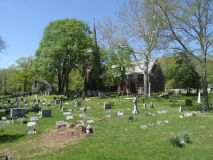

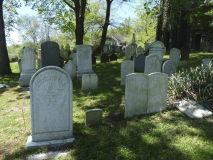
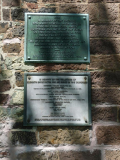
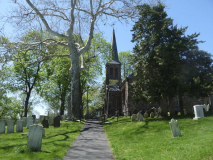
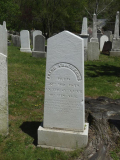
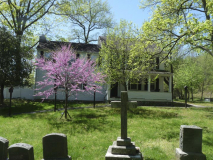
3 comments
I believe Elizabeth Bayley Seton was the first native-born American to be canonized, but Mother Cabrini was the first American citizen to be canonized (in 1946).
Most just burry their dead pets by their homes probably because it costs nothing for that unlike at a cemetery.
Always my favorite section of Staten Island. When Elizabeth Seton’s father Richard Bailey, a doctor who was NYC’s first Health Officer around the turn of the 19th Century, passed away after contracting yellow fever in 1801, Richmond County authorities refused to allow his body to be carted from the Quarantine Station in St. George to St. Andrews Church for burial as they were worried his corpse would infect others along the way. His relatives came up with the ideal to send his remains to Richmondtown via boat, sailing along the Kill Van Kull and Arthur Kill into the Fresh Kills, which at that time led up almost to the back door of St. Andrews Church, where his remains are located today. Like his daughter Elizabeth, he was quite a figure in his own right.